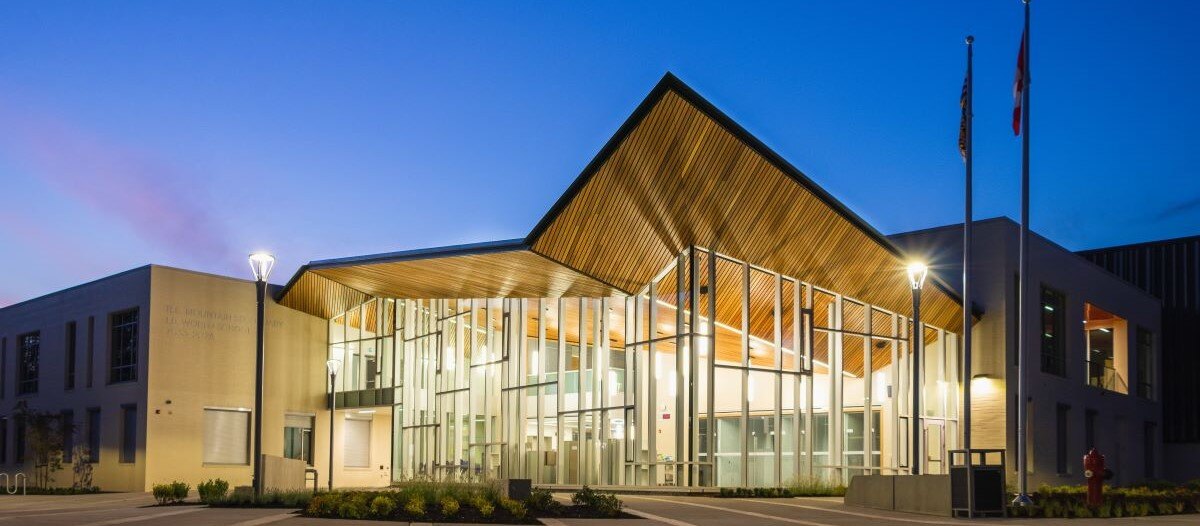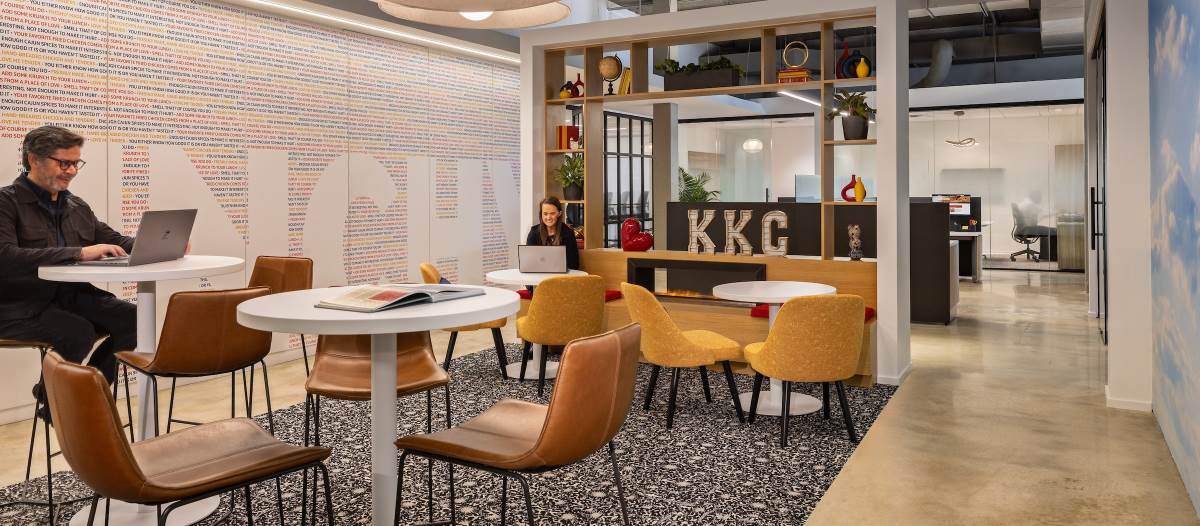Don’t Wait!
Facility preparation for an active shooter incident

Shooting incidents at a business, school, house of worship or other public area are becoming all too common. Facility managers must take both responsibility and action to prepare for and help their occupants survive such an event. If a facility has not recently had active shooter preparation and survival training, ask "Why not?”
Depending on the size of a facility, some organizations may have separate roles for facilities, security, training or emergency response. However, FM’s role touches each of these areas, providing FMs with a voice of influence that must be heard.
Too many organizations rely on the U.S. Department of Homeland Security-recommended concepts of run, hide and fight; but FMs should ask for, or even develop their own, practical exercises for employees. This should not focus on the law enforcement response, but a simple and practical exercise such as integrating a walk-through of facilities and discussing how run, hide and/or fight can be executed in different areas of building(s), parking lots and grounds.
Active shooter training should expand beyond run, hide and fight. Occupants need to know where to go and when for their best chance of surviving an incident.
Run
 It is not enough to say “Run!” People need to know when and where to go. If they do not know where the attacker is, then they should find a place to hide so they do not encounter them while trying to escape. Employees must be familiar enough with the facility to know where the closest exits and hiding places are located. If in a basement, a parking garage or on a roof, the stairs are often a risk, as the shooter might be there. If on the second floor, it might be well worth considering breaking out a window and jumping. A twisted ankle or broken leg is better than being shot. Staff should also understand that running from an active shooter is different from a fire drill. It is not enough to run to the evacuation rally point and stop. Occupants must run until they are safe, then call the authorities.
It is not enough to say “Run!” People need to know when and where to go. If they do not know where the attacker is, then they should find a place to hide so they do not encounter them while trying to escape. Employees must be familiar enough with the facility to know where the closest exits and hiding places are located. If in a basement, a parking garage or on a roof, the stairs are often a risk, as the shooter might be there. If on the second floor, it might be well worth considering breaking out a window and jumping. A twisted ankle or broken leg is better than being shot. Staff should also understand that running from an active shooter is different from a fire drill. It is not enough to run to the evacuation rally point and stop. Occupants must run until they are safe, then call the authorities.
Thoughts for FMs: Planning for emergencies must always consider visitors and new employees who may be unfamiliar with the facility. Signage is a critical asset to identify exits and fire escapes; shelter-in-place rooms or areas; first aid kits and even window glass-breakers. FMs should also ensure that some type of notification system or procedures are in place. Some facilities, such as hospitals, have implemented the announcement of “Code Silver” to warn of an active shooter, but that provides no warning for patients and visitors who are unfamiliar with hospital codes. A 2022 research study in Georgia found that only 44 percent of the respondents correctly identified the hospital codes for emergencies. During active shooter, fire or other events, clear language is the key: “This is not a drill! Active shooter is in the building on the 1st floor, East Wing. Implement personnel safety procedures. Law enforcement is on the way.” If a facility utilizes codes to alert the staff and responders, consider other options to increase these time critical warnings.
Hide
If employees determine that they cannot run to escape, they must hide. However, it is not enough to just hide. They need to be able to protect themselves from view and from being injured. The most effective way to do this is to lock or barricade themselves into a room, such as a bathroom, closet, kitchen or conference room. But how is this done? Some doors open inward, some outward, some do not have locks. The first time people consider barricading themselves into a room should not be when they need to save their lives. Common practices to secure doors include using belts, purse straps, computer cables and doorstops. It is also best to keep piling things up at the door to reduce the force of any bullets fired through the door as they hit different items before hitting a person.
How does a person hide in a parking lot or outside in a park? In January 2023, the U.S. Secret Service produced an analysis of Mass Attacks in Public Spaces report from 2016-2020 and found that 60 of 173 shootings were in outdoor open spaces. People need to understand the difference between cover (protection from bullets and sight) and concealment (protection from just sight), as well as the benefit of hiding behind and beside the front tires of a vehicle where protection from a vehicle’s engine is the best.
Thoughts for FMs: As FMs become more aware of best practices to survive an active shooter incident, they should determine the best ways to support facility personnel. When rooms are identified as ideal for hiding, consider purchasing and staging additional items that can assist employees during emergency, such as first aid supplies, a flashlight, pieces of rope, door stops, glass-breaking tools or emergency rope/chain ladders to assist in escapes.
While open concept design has increased in recent years, this also provides less protection from persons shooting in the building. The U.S. General Services Administration Public Buildings Service Site Security Design Guide notes that the use of sculptures, art and benches can serve as protective measures, and properly selected items can enhance protection both inside and outside of facilities. FMs may also wish to note that glass-walled conference rooms, while aesthetically pleasing, provide nearly no protection from observation or bullets.
Fight
No one wants to have to fight for their life. But if the time ever comes, it helps to have thought about what could be used as a weapon if one is required. Anything that can be thrown at an attacker distracts them – hot coffee, books, a trash can, a keyboard — the goal is to disrupt their thoughts and actions and follow up with hitting and kicking until the attacker is disabled and separated from their weapons. During a shooting at a Colorado Springs night club where five people were killed in 2022, two patrons fought back and stopped the shooter, saving countless lives.
Thoughts for FMs: While difficult for most people to fathom, training people to fight for their lives must address this issue and point out everyday items that can help cause chaos and disrupt an attacker. This training should stress the importance of working together to overpower an attacker.
Arrival of first responders
When law enforcement officers first arrive, their job is to eliminate the threat. They will often proceed past innocent people and victims to search for the shooter. Employees must realize this and remember to keep their hands spread and open, not to rush law enforcement officers and to respond to their commands. If they are directed to leave, and medical personnel are not there, they should attempt to assist the injured in escaping.
Thoughts for FMs: FMs must be prepared to provide first responders with critical information support such as access to video camera feeds, facility maps, access keys and cards, and hand-held radios. An annual walk-through with local law enforcement officers would be of great benefit as well.
The above options pertain to personal survival choices, but it is worth noting that some personnel may have a job requirement or even a moral responsibility to protect those who cannot protect themselves. Consider employees who work in a hospital, elder-care facility, school or daycare where patients or children are endangered. When a facility has extensive amounts of non-employees who will need safeguarding, preparing for the “Hide” and the ability to barricade doors is even more critical. When a shooting occurred in the Marjory Stoneman Douglas High School in Florida, a teacher pulled students out of the hallway and locked them in her classroom, then moved them further away into a closet, saving 20 lives, including her own.
As part of training for employees, these vignettes drive home best practices and lessons learned that have helped others survive. Consider joining the more the 2.4 million people who have been trained to Stop the Bleed, a U.S. grassroots effort to educate people on using tourniquets, bandages and direct pressure to stop the bleeding and save lives until medical personnel can arrive.
A facilitated discussion while walking around the buildings and grounds and sharing different scenarios will point out, and make everyone consider, the best ways to run, hide and/or fight. This can be the difference between life and death should an active shooter event occur. Do not wait!

References
vice.com/en/article/d35vdm/i-jumped-out-a-window-to-escape-the-gunman-at-virginia-tech
kktv.com/2022/11/21/club-q-shooting-witness-says-he-hid-dressing-room-save-his-life
secretservice.gov/newsroom/releases/2023/01/new-secret-service-research-examines-first-time-five-years-mass-violence
wbdg.org/FFC/GSA/site_security_dg.pdf
newsweek.com/colorado-springs-lgbtq-club-shooting-live-updates-least-5-dead-1761080
cnn.com/2018/02/15/us/teacher-hid-students-florida-shooting-trnd/index.html
stopthebleed.org
Read more on Occupancy & Human Factors , Risk Management and Workplace
Explore All FMJ Topics









